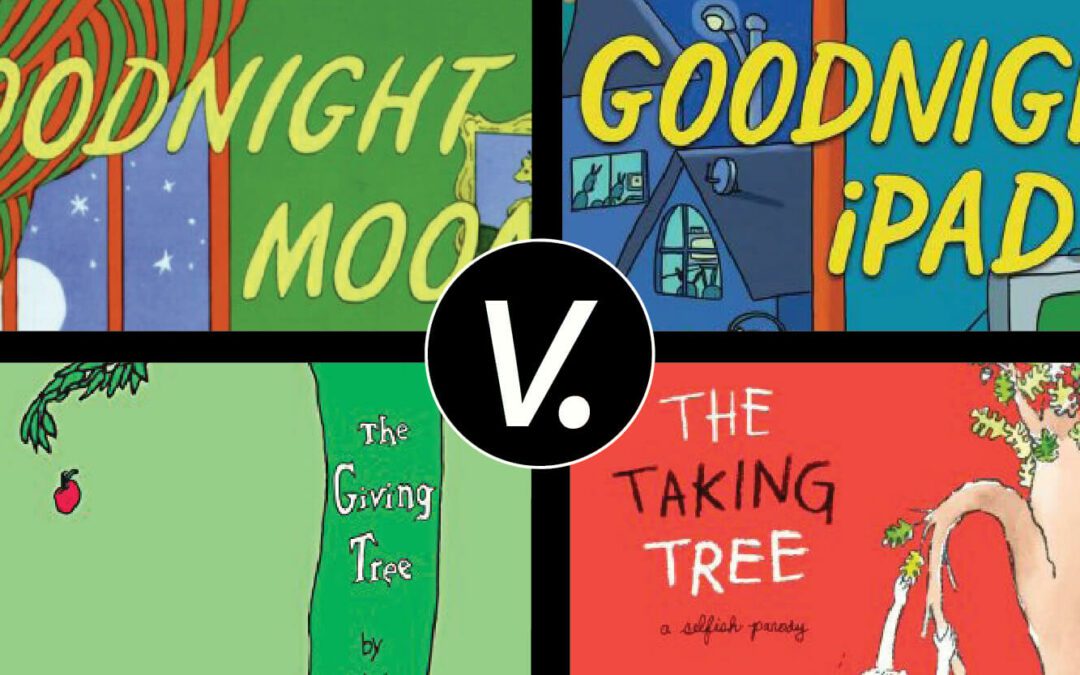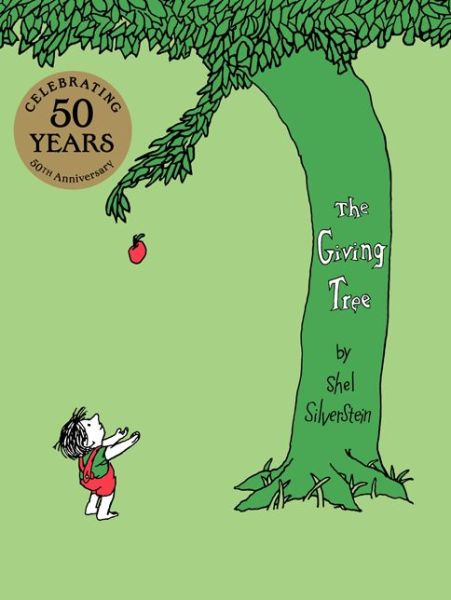Learning Center
reading
Teach parody with picture books
August 22, 2014

Picture books provide a perfect way to introduce complex concepts such as parodies. (A parody is more than a patterned imitation. It includes humor, sarcasm, or satire. Understanding parody requires the reader to think comparatively and to make text-to-text connections.)
Check out these two great sets:
Goodnight Moon, the classic by Margaret Wise Brown, shows a quiet nursery at bedtime. The calming text is a great bedtime story of repeated phrases and rhythms. The point of the book is simply to provide a quiet, peaceful transition to bedtime and sleep.
Goodnight iPad, the parody by Ann Droyd (a pseudonym), highlights a not-so-quiet home at bedtime. The annoying sounds of technology contrast sharply with the quiet bunnies of Goodnight Moon. The point of this parody is to show how much things have changed across the generations.
The Giving Tree, the classic by Shel Silverstein, shares the selfless love a tree has for a boy throughout his lifetime. The tree’s only goal: to make the boy happy. Selflessness and generosity mark this well-loved story.
The Taking Tree, the parody by Shrill Travesty (another pseudonym) shares the hate a tree has for a kid who was a “real jerk.” The boy’s only goal: to take what he could to make himself happy. Selfishness and ill-fate mark this tongue-in-cheek parody.








